.: words – Carmen Kuntz
.: photos – Katja Jemec and Katja Pokorn
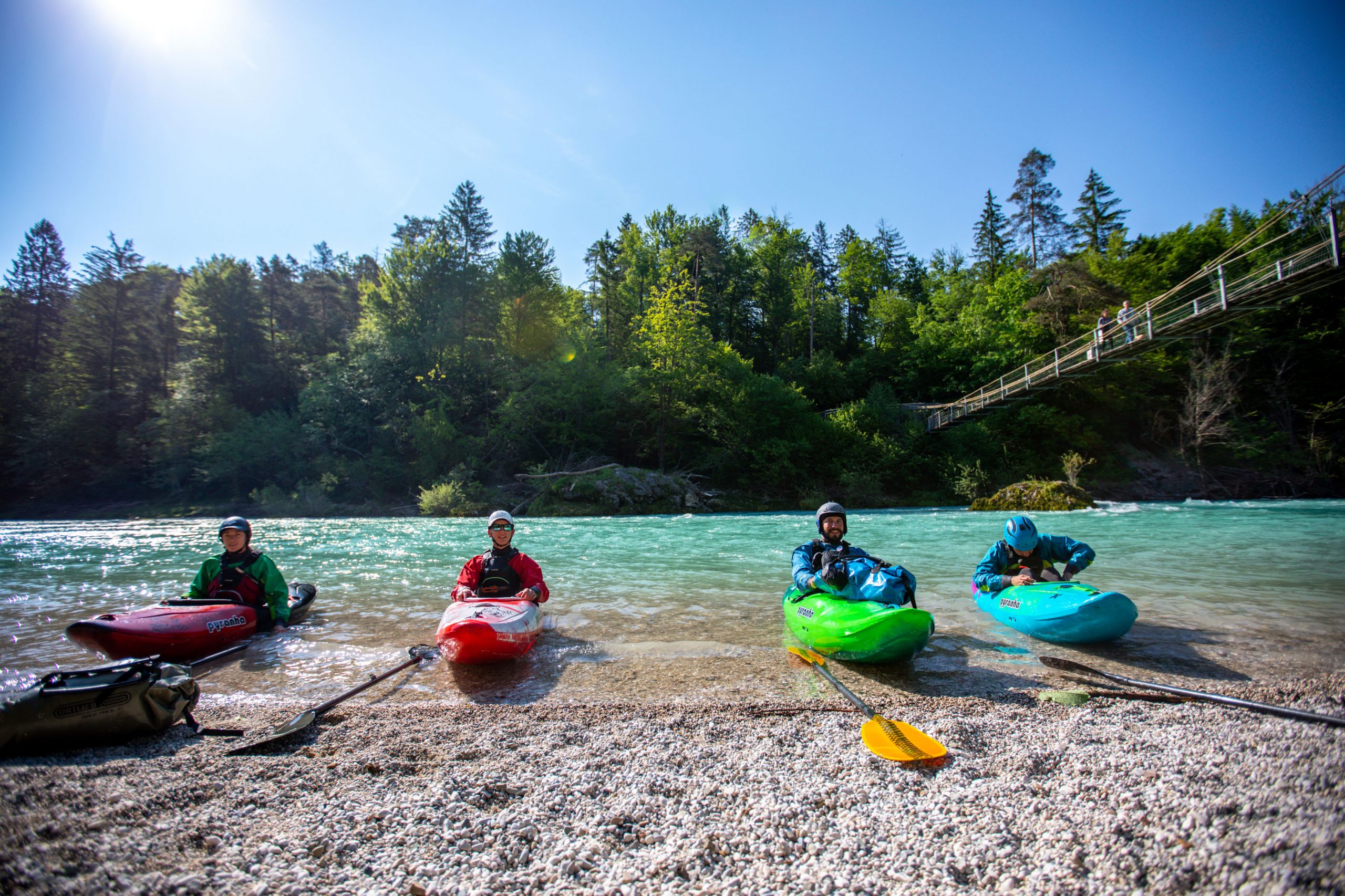
BALKAN RIVERS TOUR 5
You plan a kayak trip. You mark it in the calendar. Invite all your friends, stock up on provisions and lay it all out on a map. And then… your parents find out you didn’t pass your math test, and you’re grounded. Basically, that’s what happened to Balkan Rivers Tour 5.
We had planned to kayak the entire Sava River, from its source in the Julian Alps of Slovenia, to where it drains into the mighty Danube River in Belgrade, Serbia. We set aside an entire month, invited all our friends, gathered gear and research equipment, and made an interactive map of the 1000km trip through Slovenia, Croatia, Bosnia and Herzegovina, and Serbia. But when gatherings and international travel were taken from us – as if we were kids being grounded by our parents – we weren’t willing to give up our adventure. We just needed to get crafty.
So, we abandoned the standard Balkan Rivers Tour recipe of paddle, protest, press release, party. And came up with the idea to take a small crew – just 4 kayakers and a media team – down the Slovenian stretch of the Sava, and make a film from our journey. This way we would achieve the original objectives of Balkan Rivers Tour 5 (BRT5) – showcase the Sava, and stop the dams – with different means. Kind of like a grounded kid climbing out the bedroom window…
We loaded our kayaks with camping gear and we loaded the support van with beer and BBQ meat for this two-week river trip. We started as two crews, each paddling one of the two sources of the Sava River. On the north fork, called the Sava Dolinka, were the cousins, Branko and Rok. Myself and Bor started on the south fork, the Sava Bohinjka. The whole crew met on day two, where the two forks meet, and continued for the remaining 9 days as a team. Along the way, we worked together to complete the first continuous waterfowl survey of the Sava River during nesting season and also the first complete environmental DNA (eDNA) sampling of the Sava. And our media crew captured all the moments along the way.
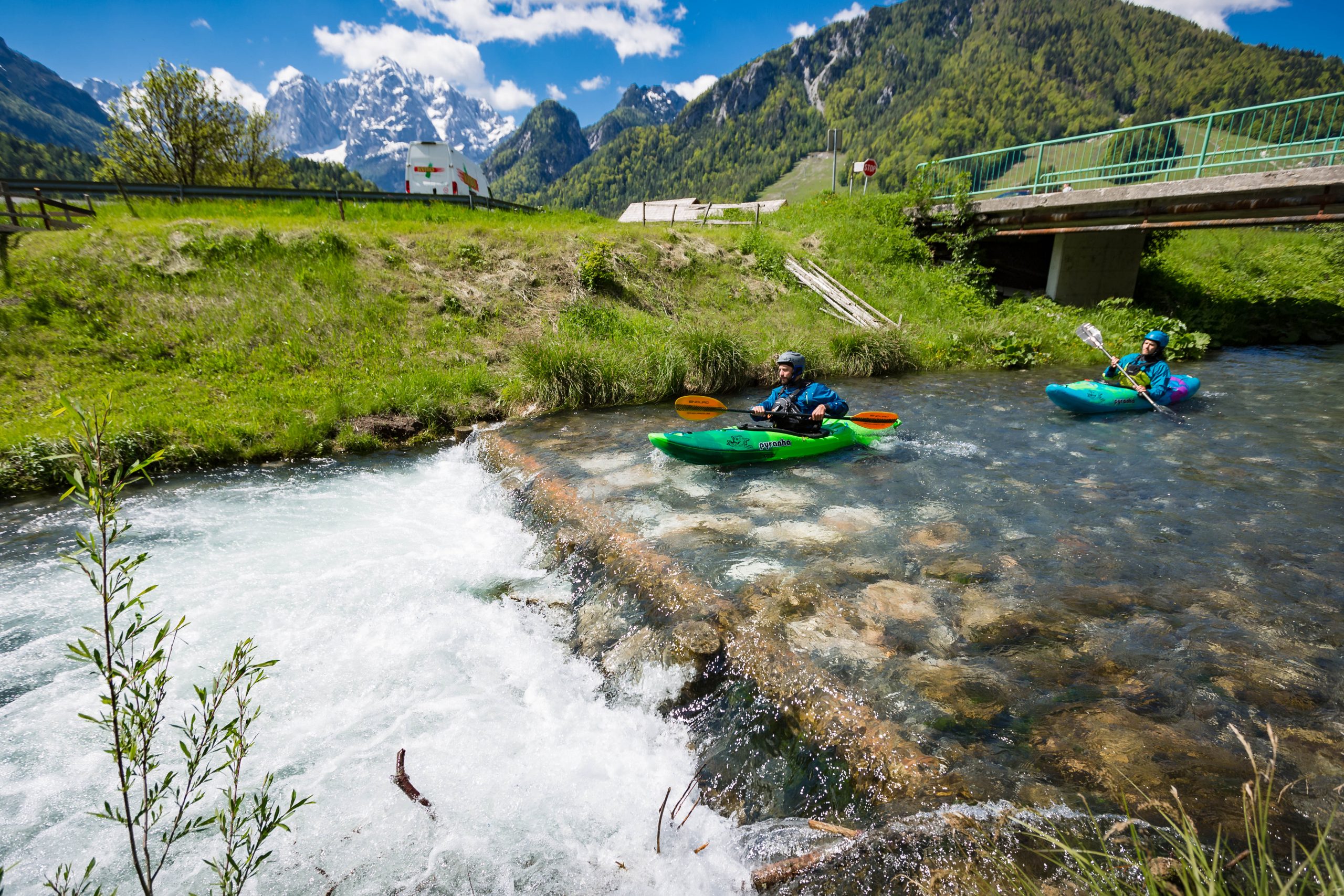
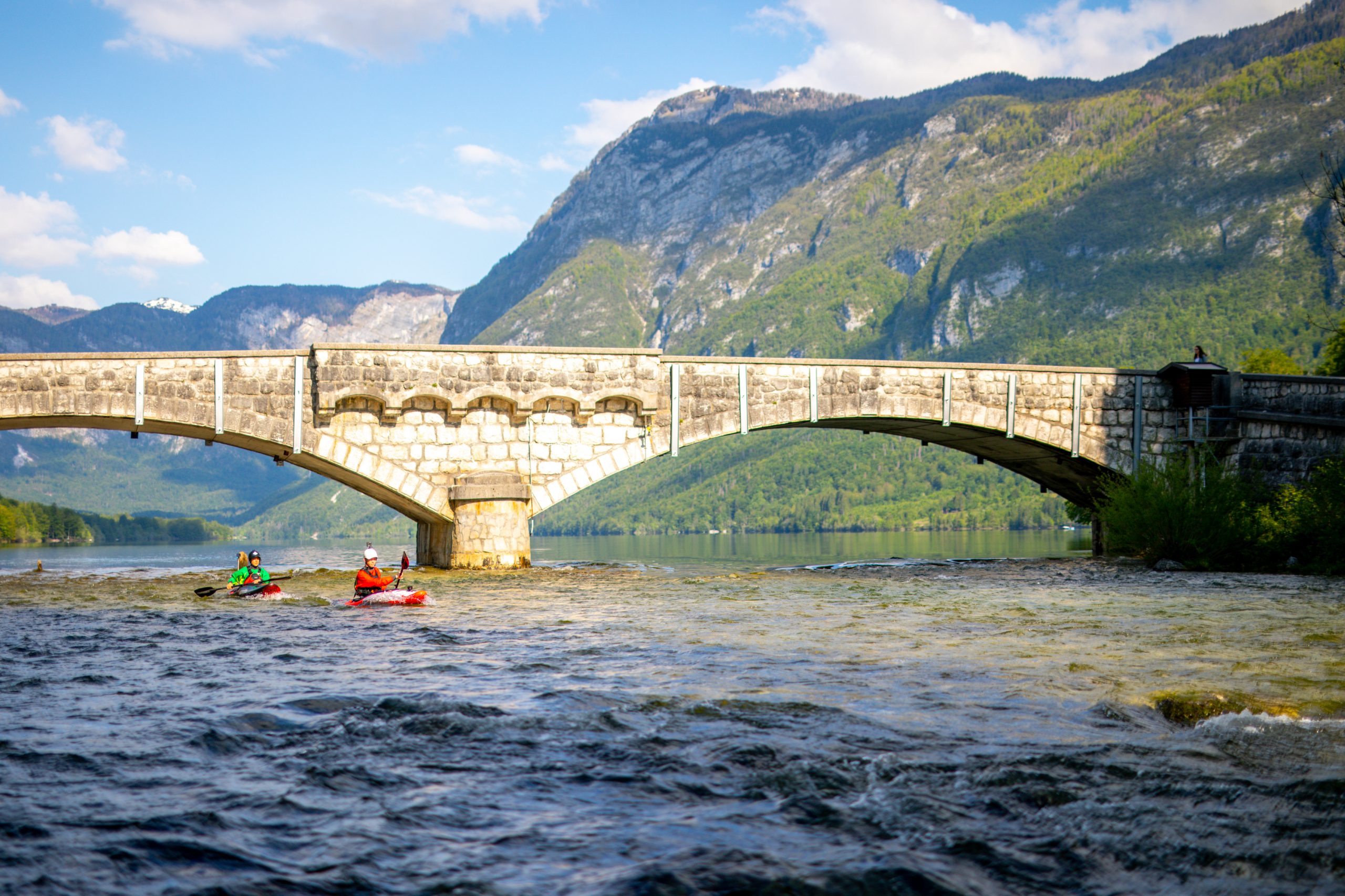
* * *
Machno Multidays
As is common on river trips, you get to know each person’s subtle characteristics… fast. It didn’t take long to realize that each person in our tight crew had vastly different personalities and paddling styles, and at some point early in the trip, it became evident to me that the boat each person paddled in a way represented their personality and paddling style.
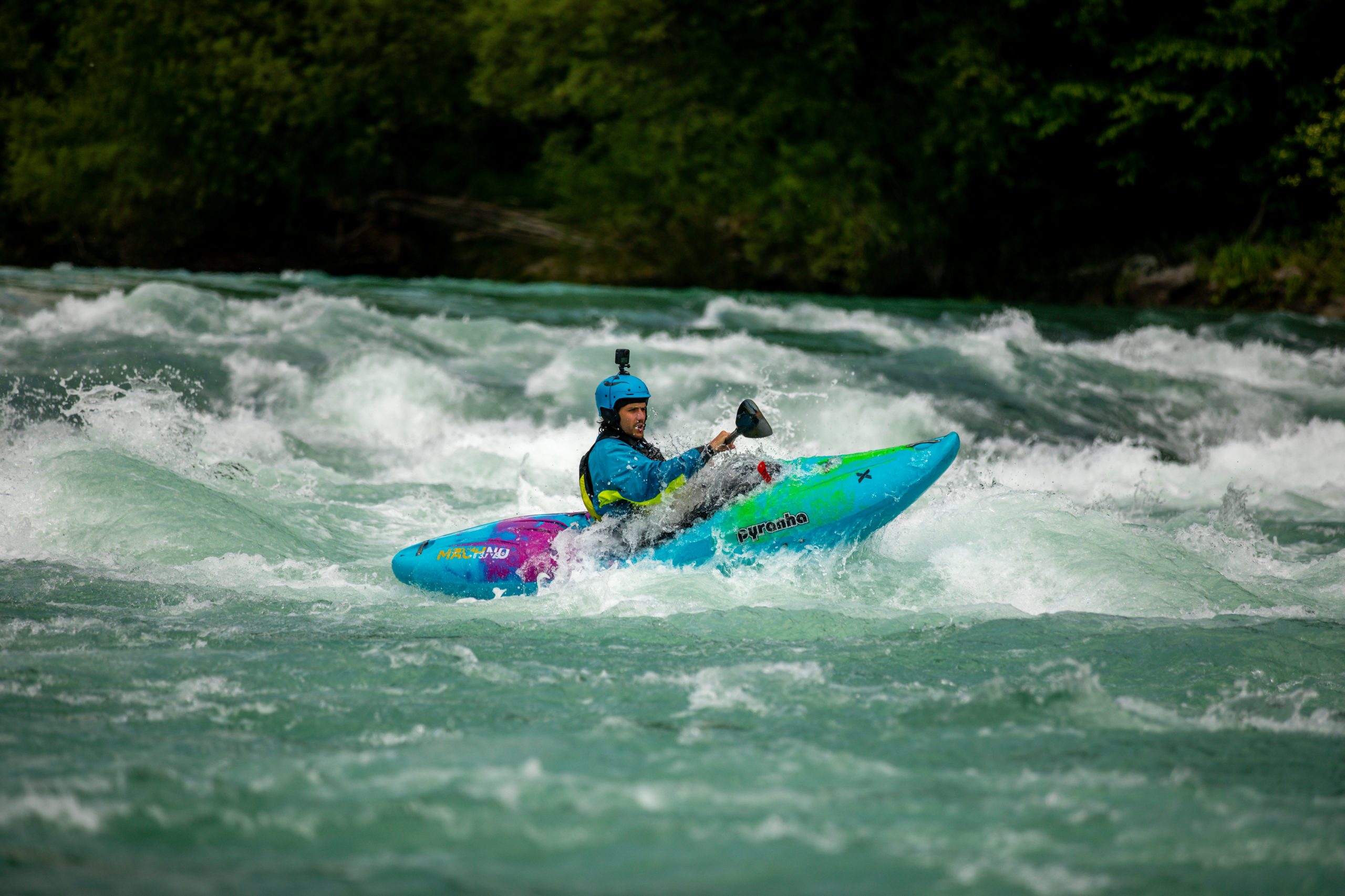
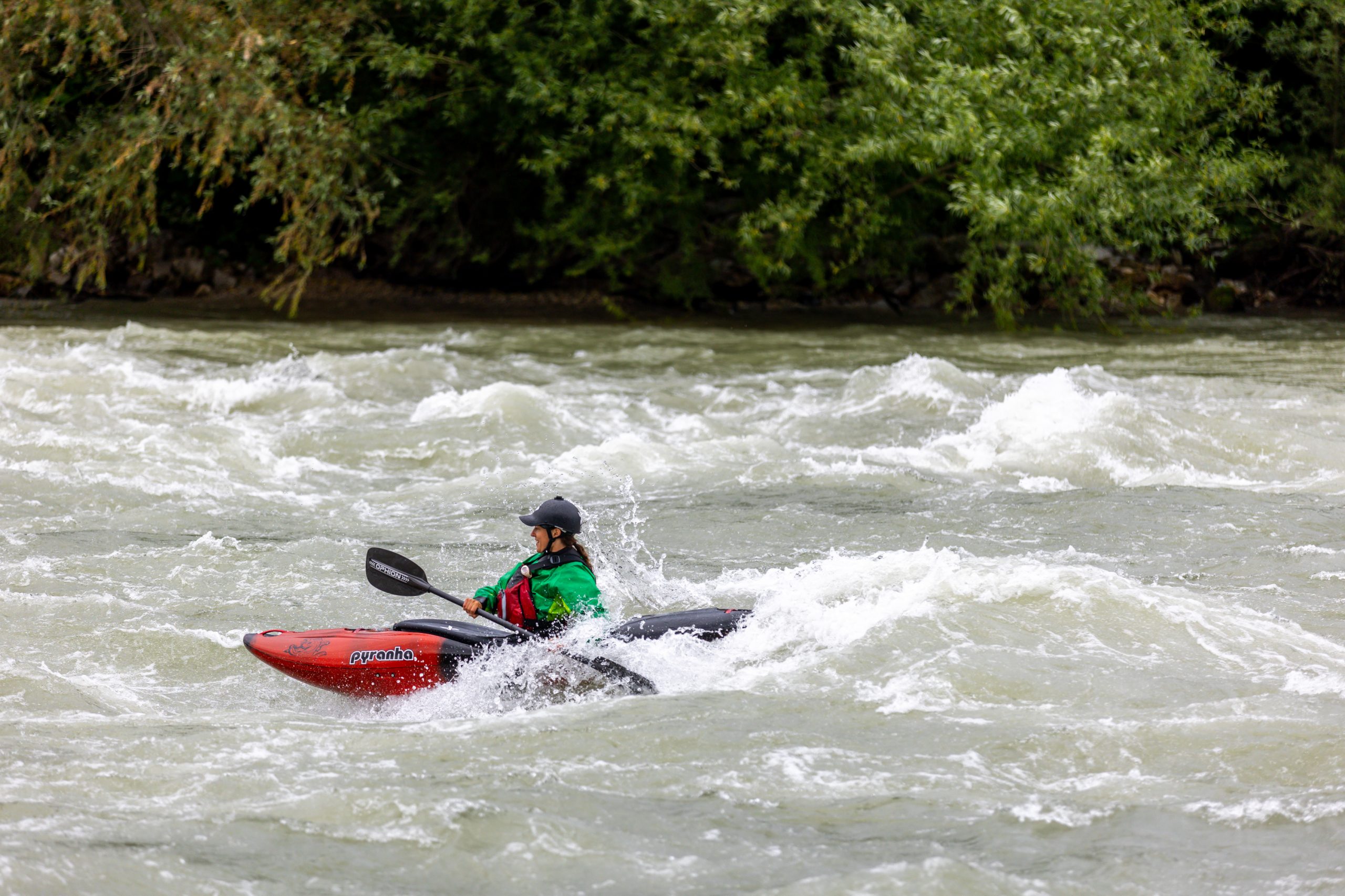
For example, Branko and I characterize the more mellow half of the crew. We like to stay in the flow and let the boat and the water do the work. We are into enjoyment, not overexertion. And we both search out the deep, beefy lines that represent maximum fun and minimum risk. We were paddling the Sava during its last push of snowmelt, so we found a couple of rapids to whet our big(er) water appetites. Branko found out that the top hole at the Tacen whitewater course can be quite sticky, while I found out how heavy a water-filled Machno is to clean up! But mostly we just enjoyed leaning back and taking in the views of this stunning river.
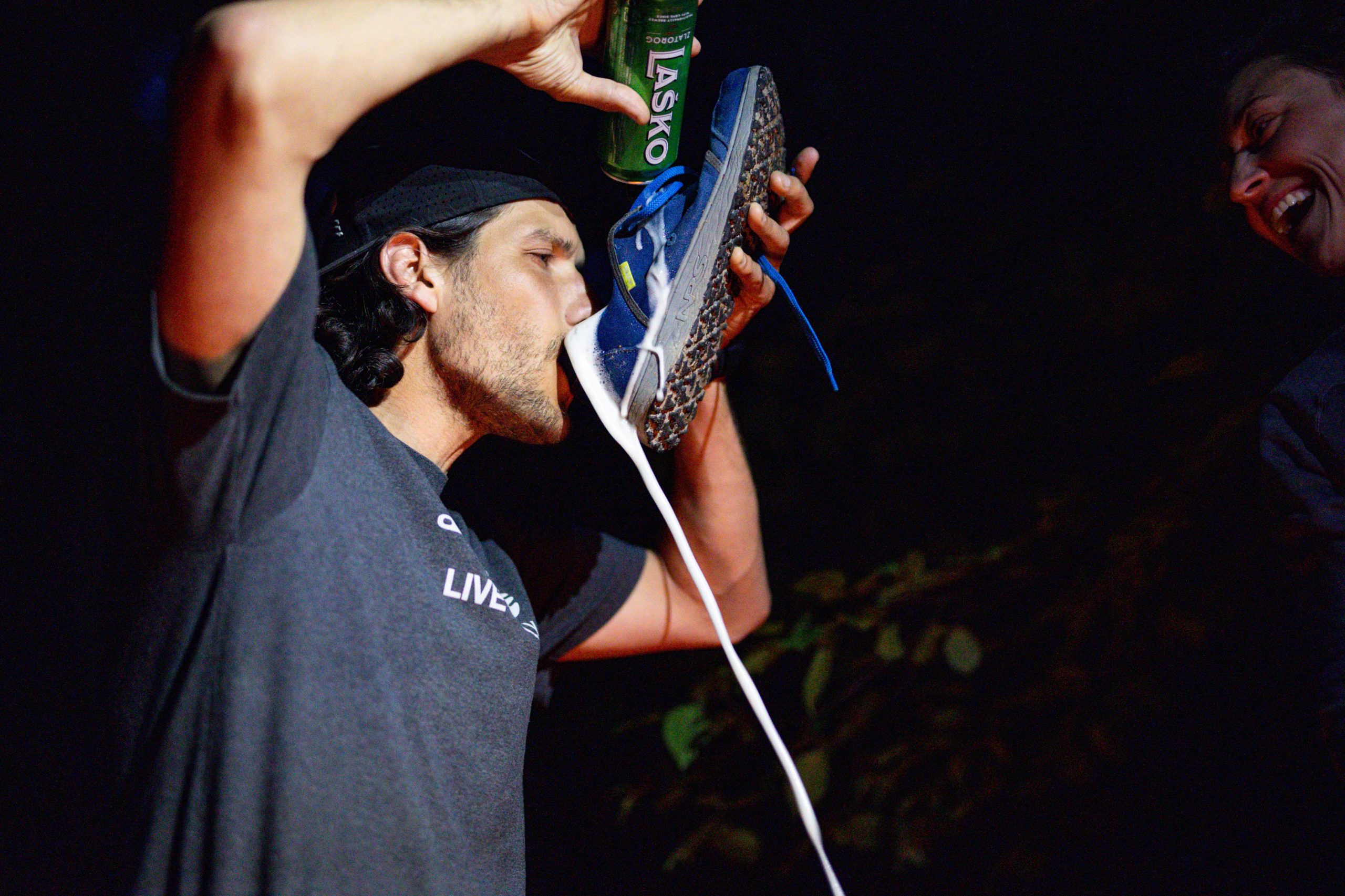
Branko took up bird watching, learning species names, habitats, and habits from Bor and Rok, the ornithologists. And I was in constant awe observing how humans and the river are so linked; how (some) people live so connected to this river and have such a traditional and respectful relationship. Castles, hundred-year-old stone houses and barns, traditional farming practices and even some stretches of river that are untouched by humans.
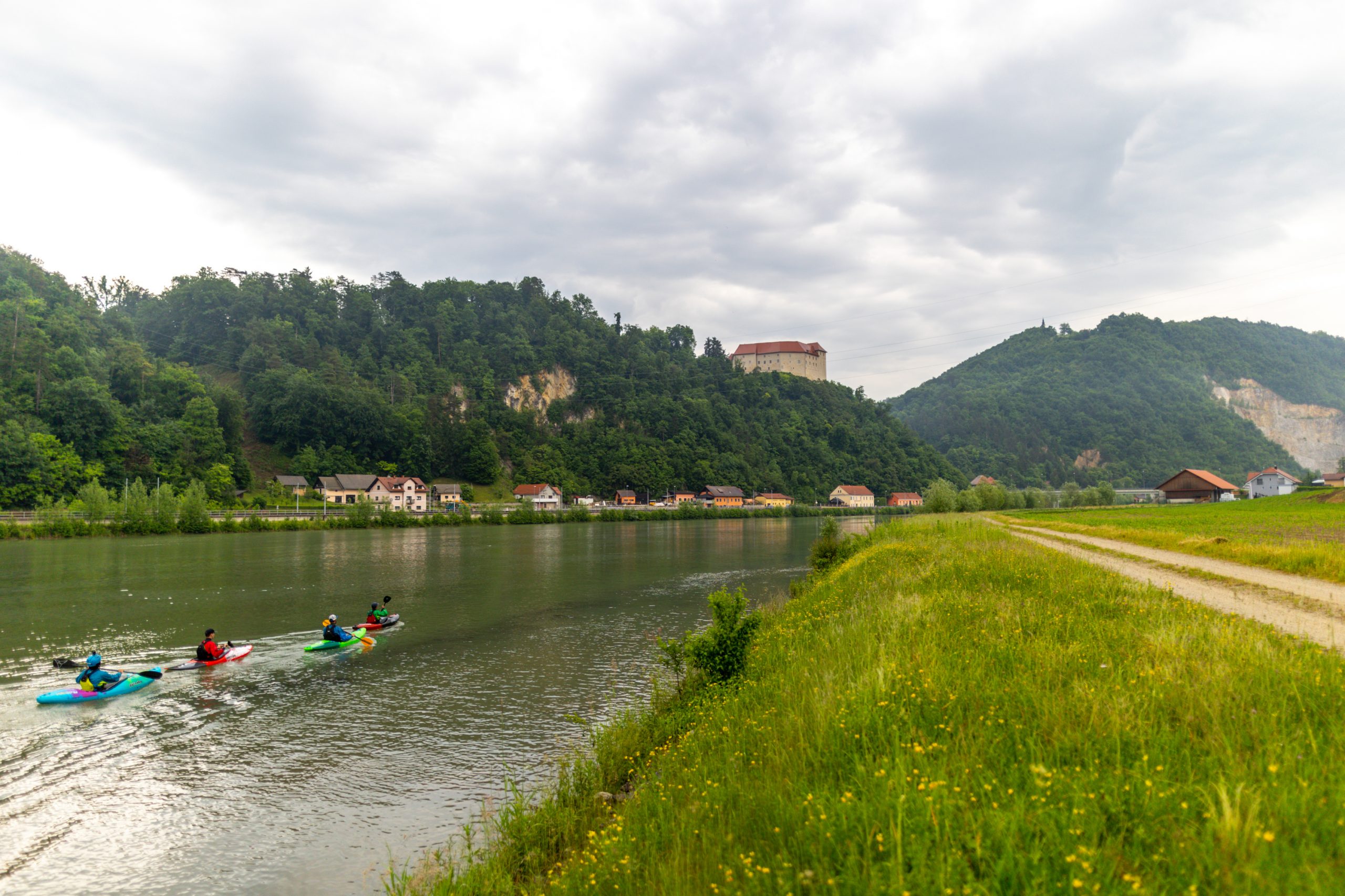
We both appreciated the generous volume of the Machno making it a great boat for multidays, but our advice… don’t load it too much! Portaging fully loaded Machnos around dams was not overly enjoyable, as we both found out early. But overall, we were grateful for the extra space, as we both carried the eDNA sampling gear in our boats. We stopped at predetermined locations on the river to collect eDNA samples with the goal of being able to provide another method of quantifying impacts man-made barriers have on the river. Using a drill machine to power a water pump, we pushed river water through special filters, that a crew of ichthyofauna specialists would later analyze in the lab for the presence of fish DNA (isolated from skin, scale, and faeces particles caught in the filter), to get a picture about the fish diversity in the threatened and last free-flowing section of the Sava.
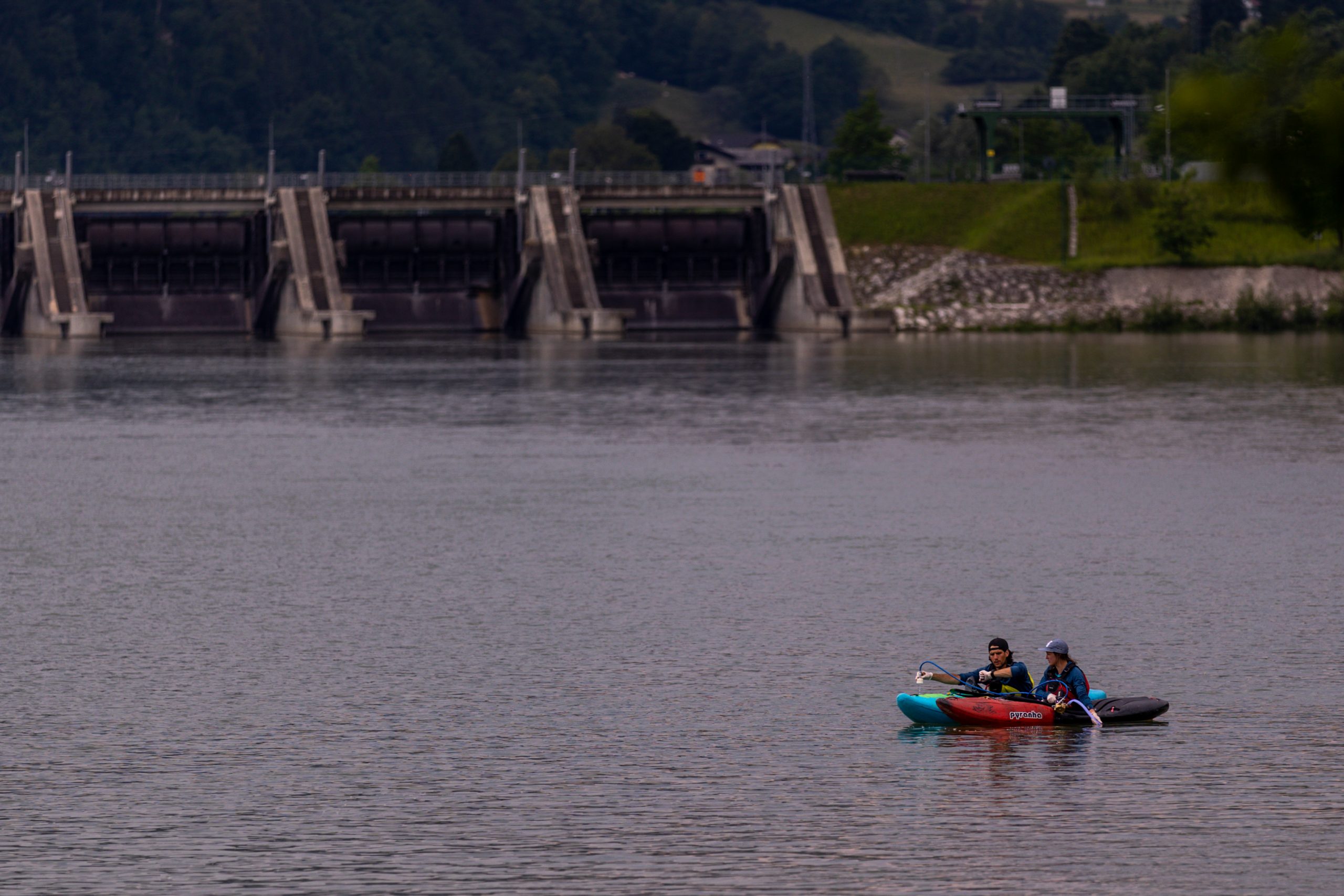
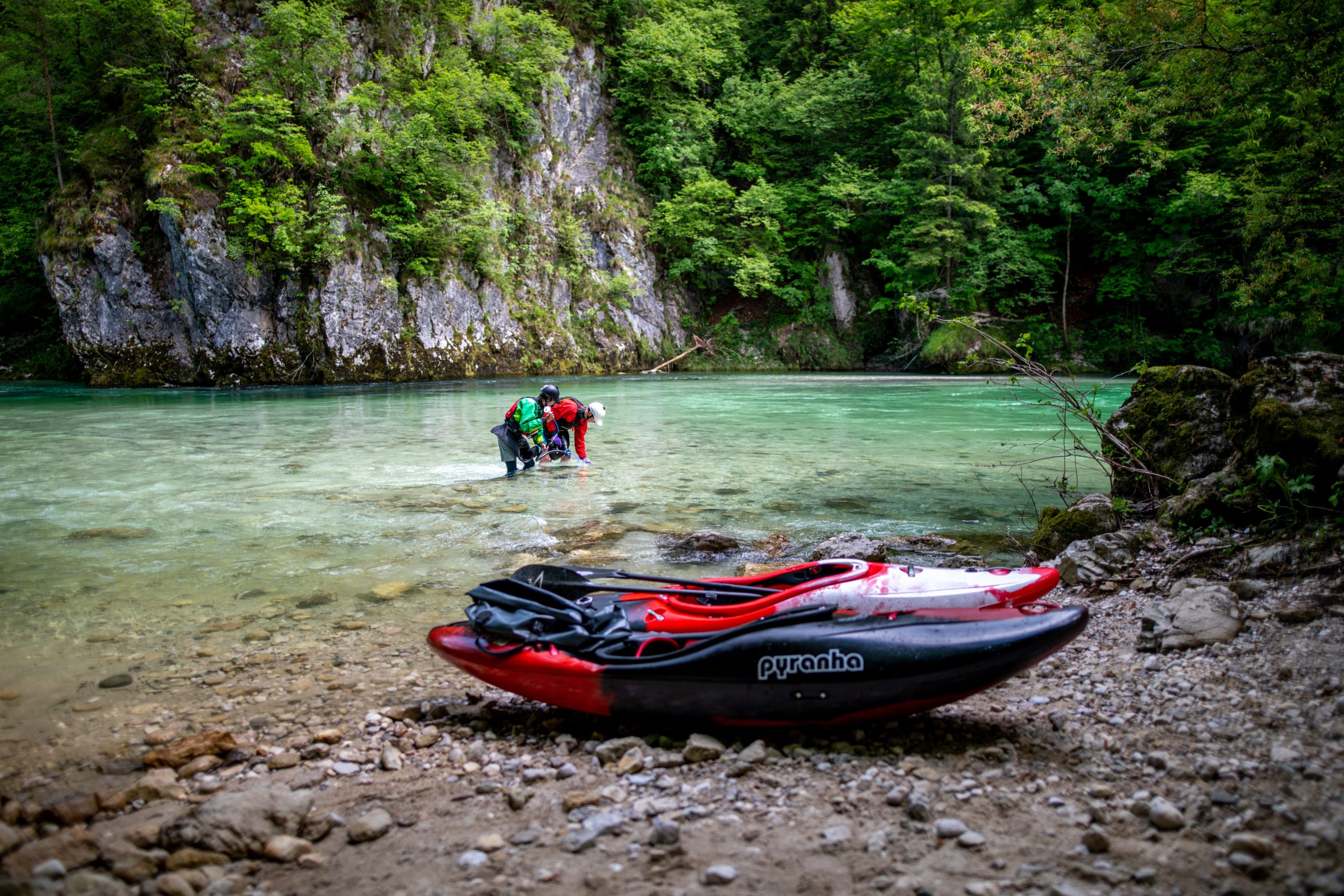
* * *
The Dipper and the Ripper
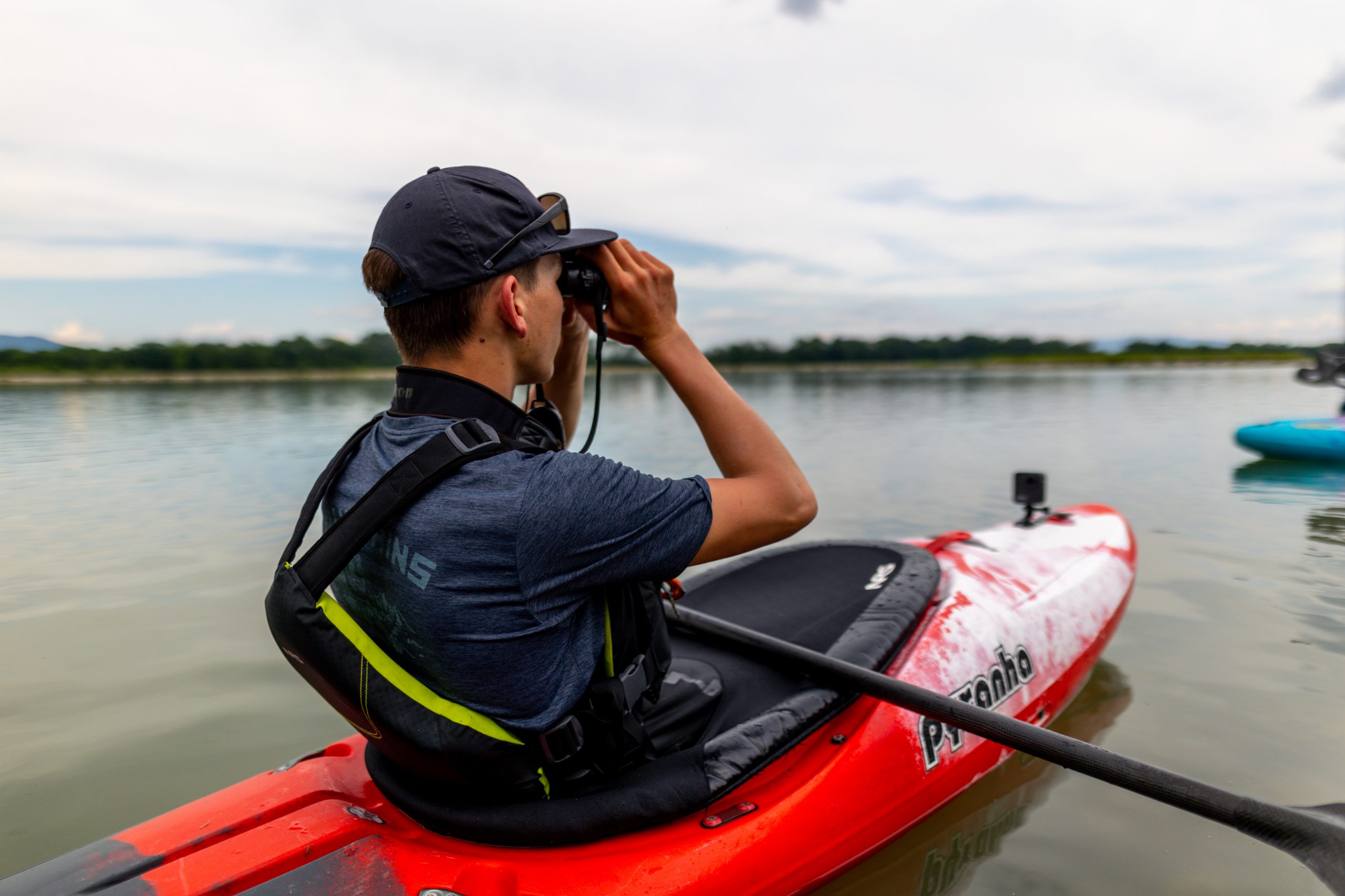
In contrast to our laid-back paddling style, Bor, the youngest member of our team, used his excess of energy to send the tail of his Ripper up and down, mimicking one of the water birds we were counting, called a dipper. This stout little blackbird is named after its constant dipping movement, bobbing up and down on rocks close to the water. He is a whitewater master and can be seen diving in and out of the water hunting for insects. Underwater, it flies/swims using its wings to propel it against surprisingly strong currents. The dipper, or Cinclus Cinclus, was one of many water birds that we were counting along the Sava, and appropriately, Bor was leading the waterbird survey. He kept a notebook in his PFD, dividing the river into segments based on the type of river stretch (free-flowing, dammed, altered, etc.) and recording every water bird we saw.
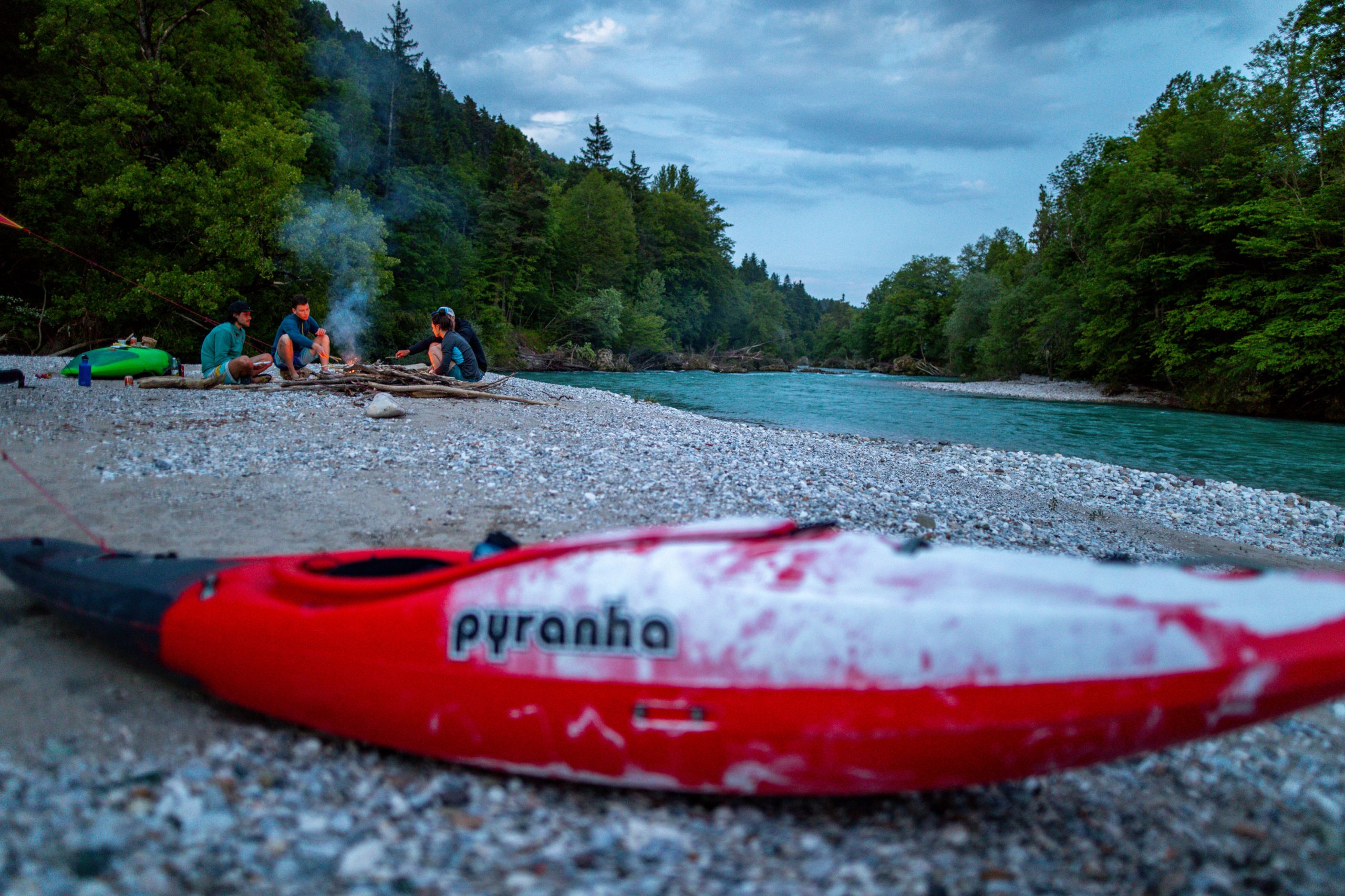
The Ripper made for a fun river running boat, and Bor burned energy zipping up eddies, rocketing downstream and on the flat water of reservoirs he also kept pace quite well with Rok and his 9R II. Rok was constantly chirping Bor and taunting him to try tricky lines and perfect his stern squirt, rock splats, and play moves while also ensuring Bor didn’t miss any birds while spending time upside down.
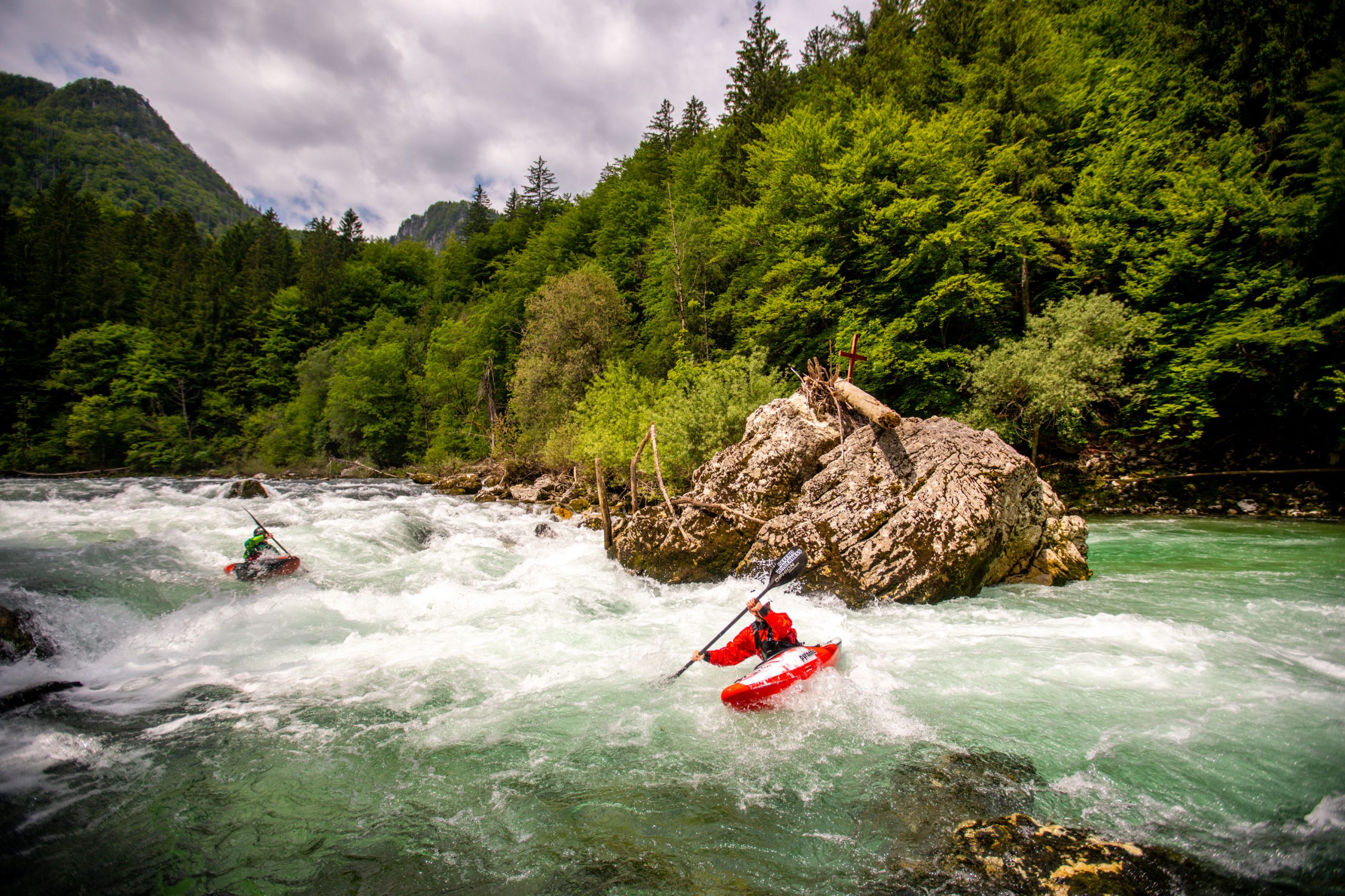
* * *
Green Water, Green Boat
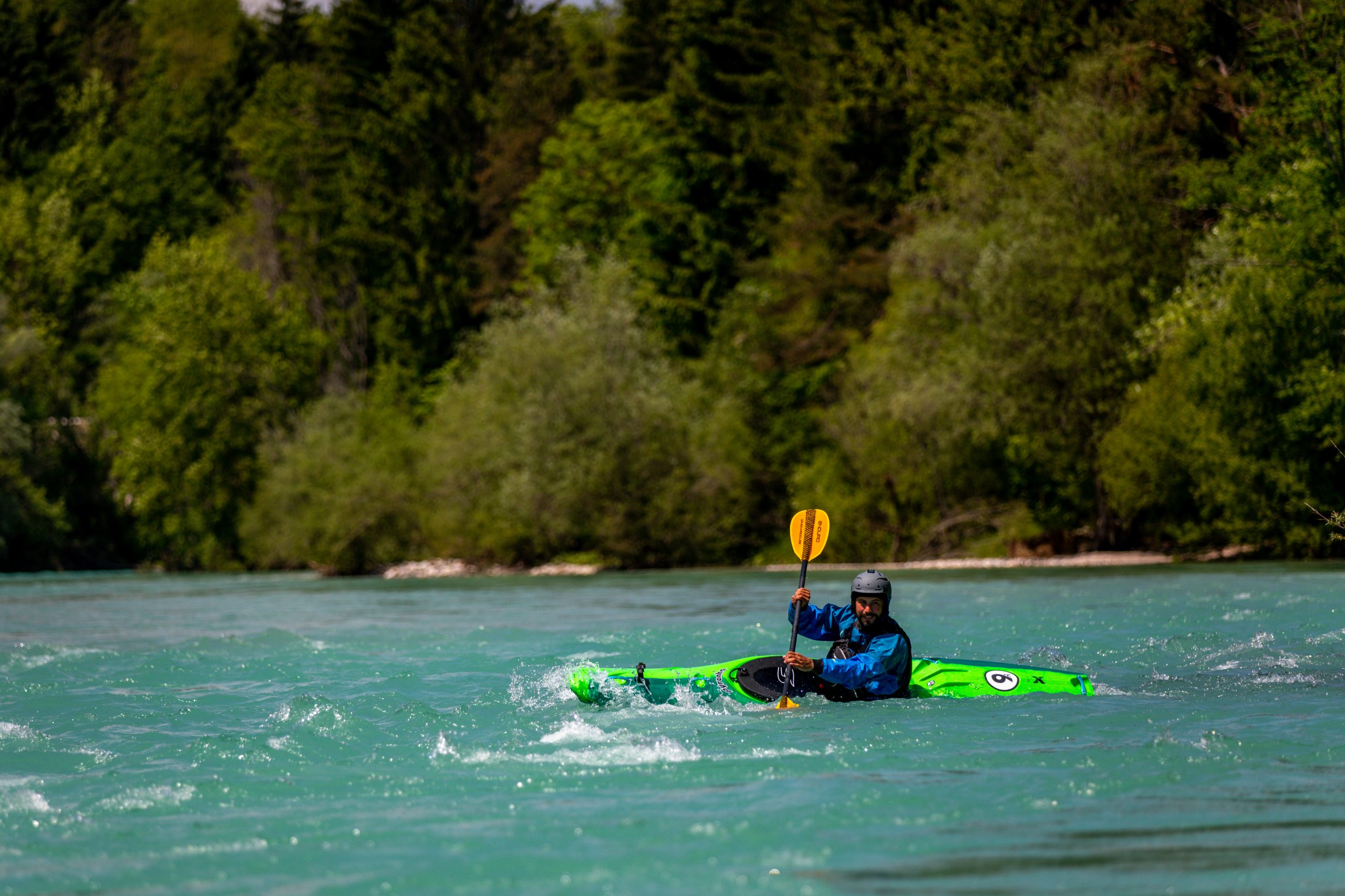
And then there is Rok, the founder of Balkan River Defence, and the tour organizer, film producer, and Sava River local. It’s this river that he first learned to swim, to fish, and to kayak. From his early paddling days spent honing whitewater skills on the Sava Bohinjka, to long days wading the water with a fishing rod in hand, Rok knows the Sava River well. But, he had never paddled the whole river stretch in Slovenia. So, this trip was about exploration for him too.
With the most paddling experience of our crew, Rok often ran rapids first, and when necessary set safety for the group. His electric green 9R II matched the bright green of the spring foliage along the river, and contrasted some of the deep green pools. His smooth paddling style, large paddle blades and long wingspan made him hard to keep up with at times. We noticed this especially as the flow of the river diminished, and the clear flowing water and bleached pebble gravel bars of the upper Sava were replaced by the stagnant water and mucky banks of reservoirs.
We portaged around more than a dozen dams. And with each one, our collective mood worsened. The contrast of knowing what the upstream sections of the Sava looked and felt like was particularly painful. But after a few days on the water, we realized our forced modifications to the tour turned out to be a benefit, allowing us to focus only on the Slovenian stretch of the Sava, which is the most threatened, with 10 new dams planned. This was why the bird survey and water sampling were especially important. This data was actually more important than collecting film footage, as it would become our ammunition for the fight to keep these 10 dams from being built, and the film would be the vessel to distribute this information.
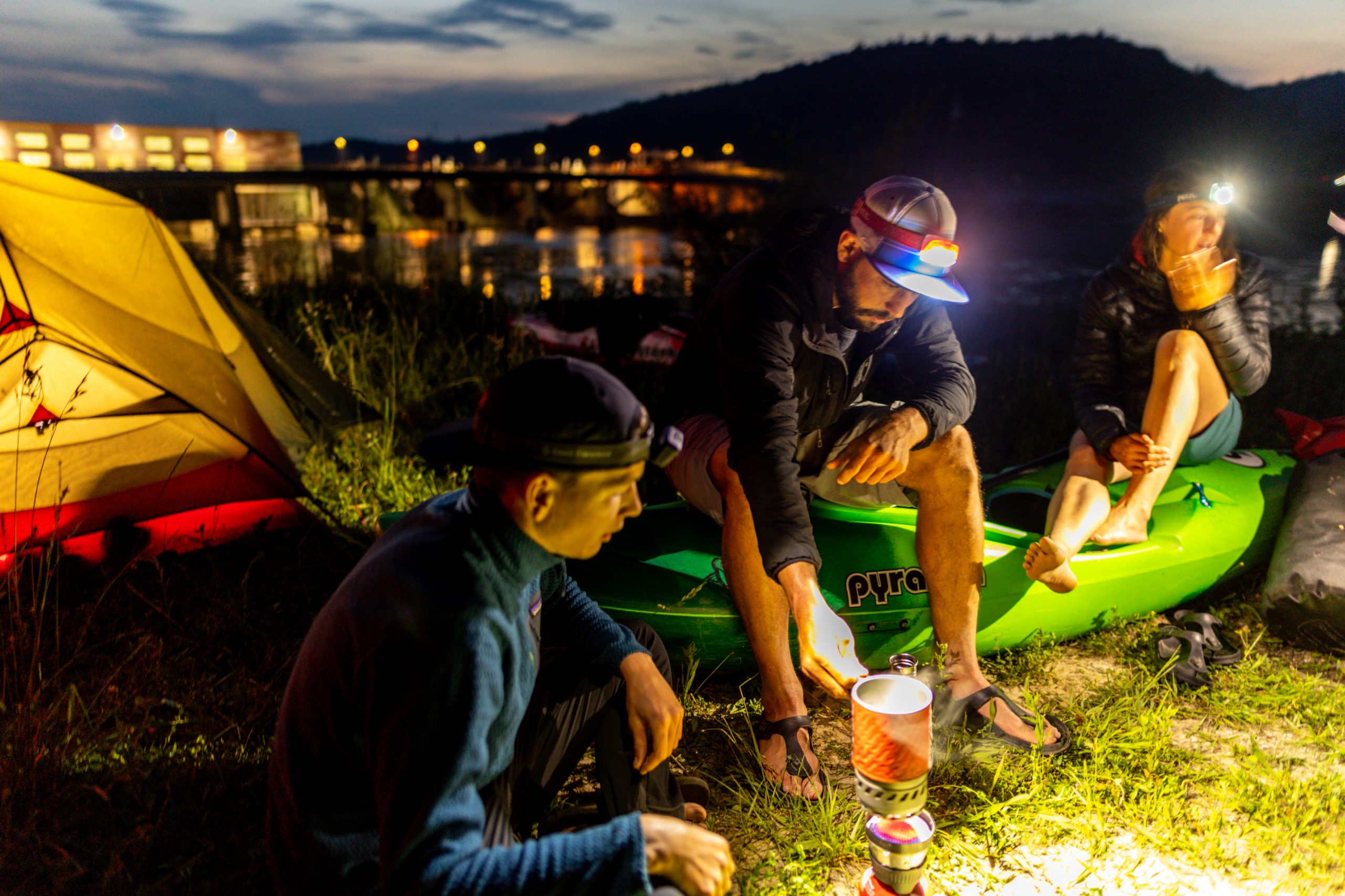
After we struggled through flatwater and portages of the lower Sava, the flow came back, and with it our good mood. We were collectively amazed by how quickly the river regained life after the chain of hydroelectric dams. Dippers and kingfishers replaced the ducks and swans of the reservoirs and as we neared the Croatian border, we were even treated to another set of rapids, which would disappear if these new dams are built. With our blood pumping again, we were reminded of how resilient rivers are, and that if we keep our impact to a minimum, healthy humans and healthy rivers can coexist.
Around the next few river bends, the whitewater would dwindle, and the river would continue south into the Balkans. But we would not. We were ‘grounded’ after all, and as much as the Sava tempted us to continue, we were grateful for the time we spent getting to know this river.
We were able to salvage BRT5, and it turned out to be an incredibly fun tour where we were able to highlight the most threatened part of the Sava, and with the documentary, which will be released in early 2022, we will be able to share this river with more people than could ever attend a BRT flotilla.
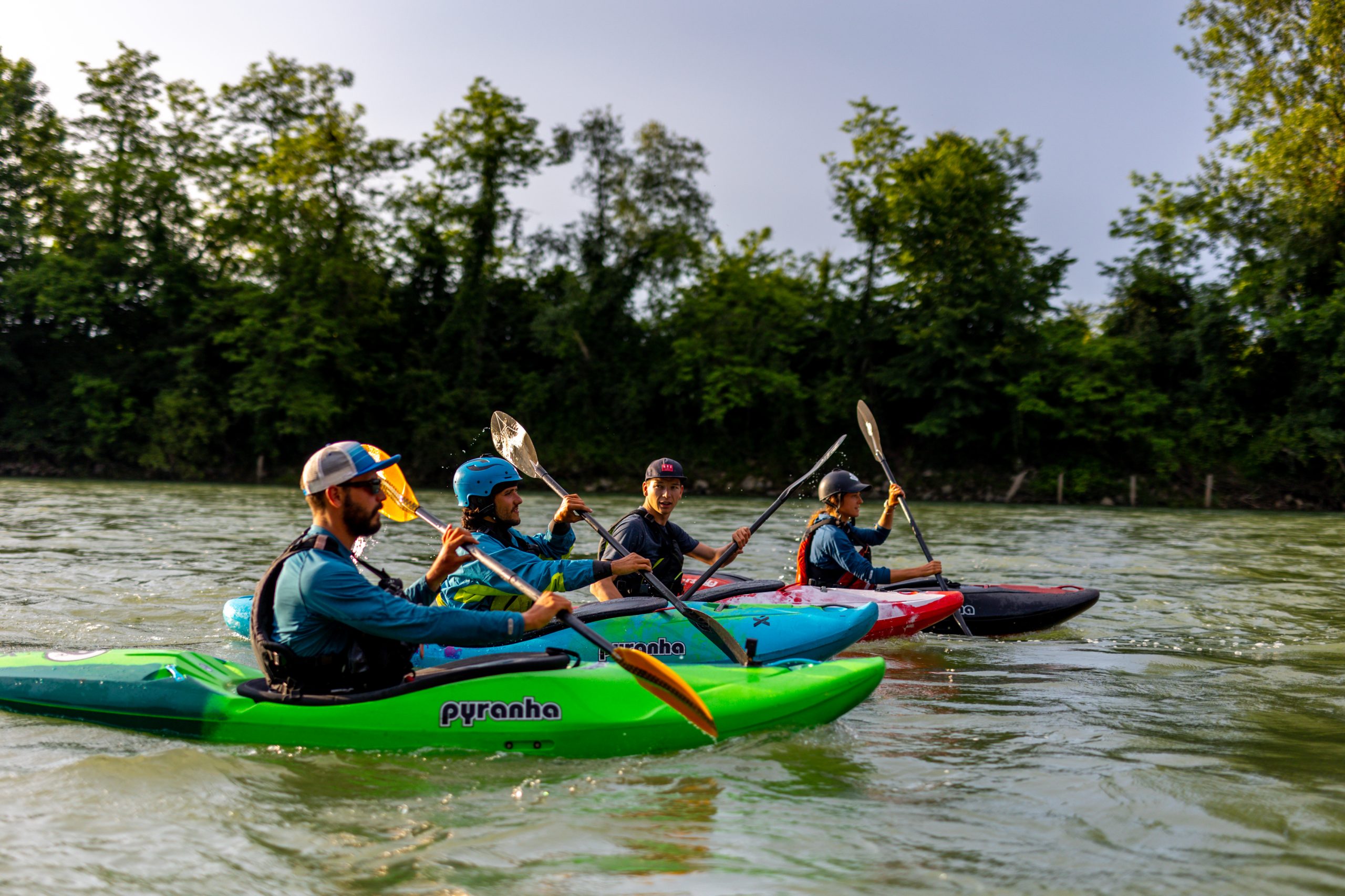




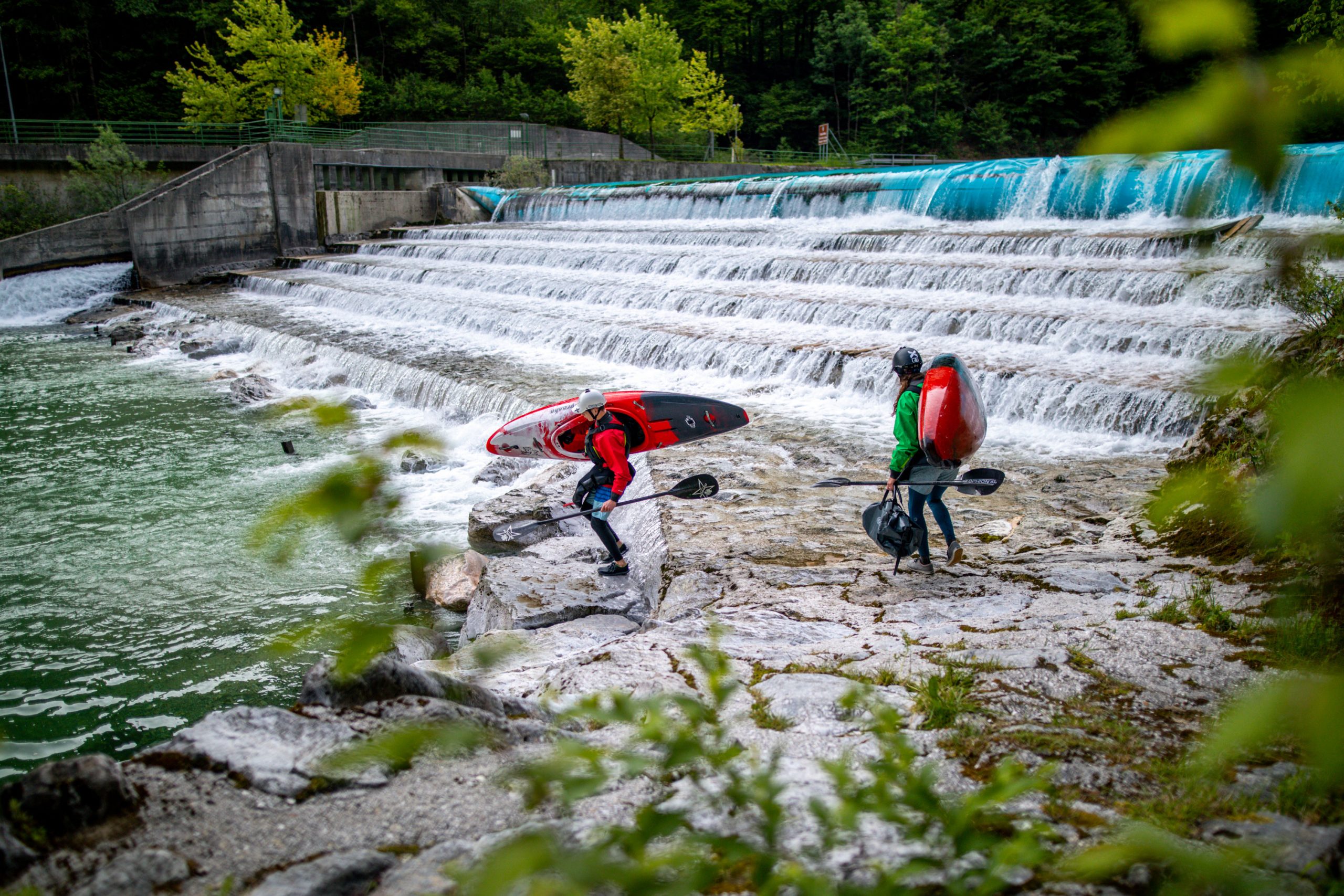
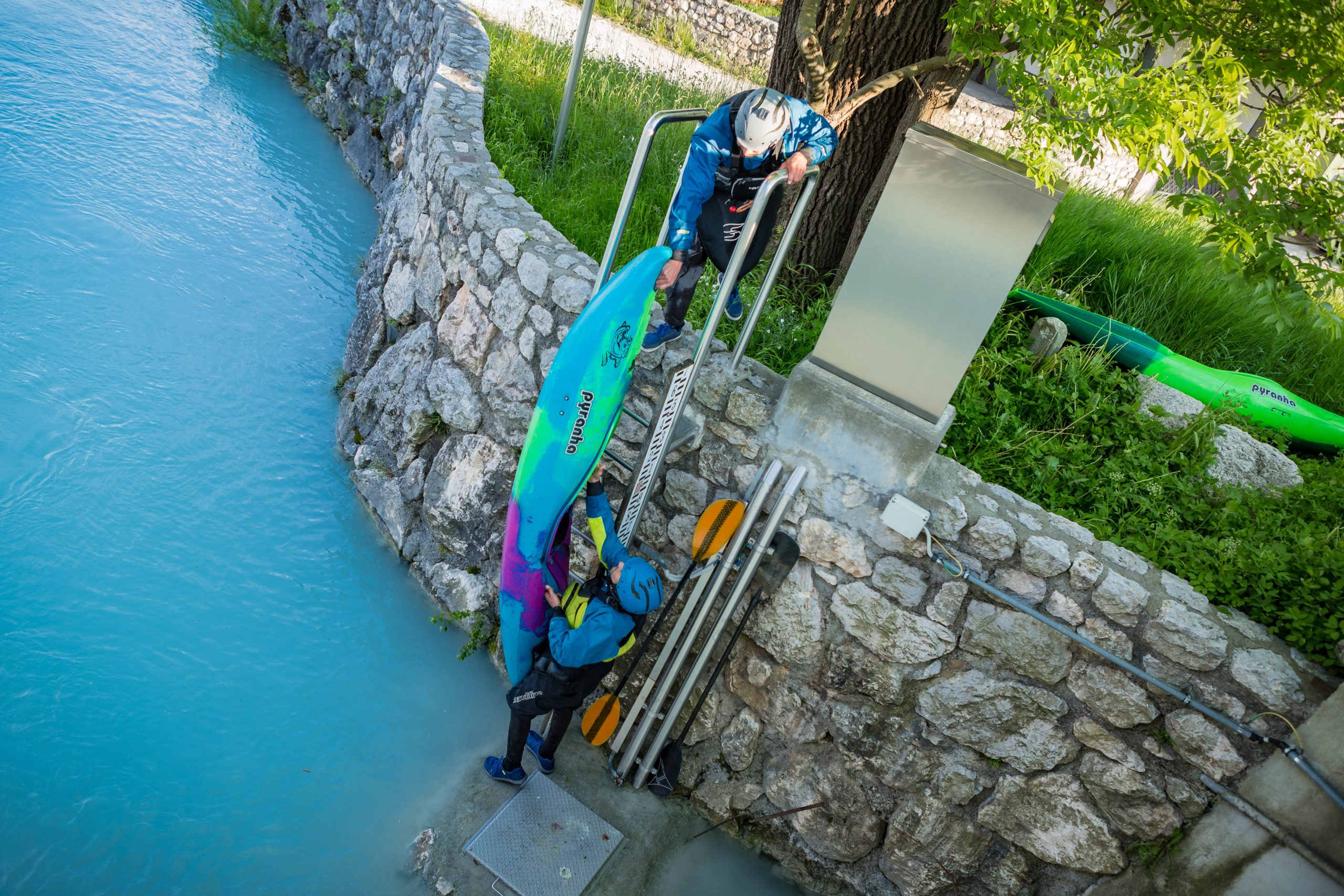
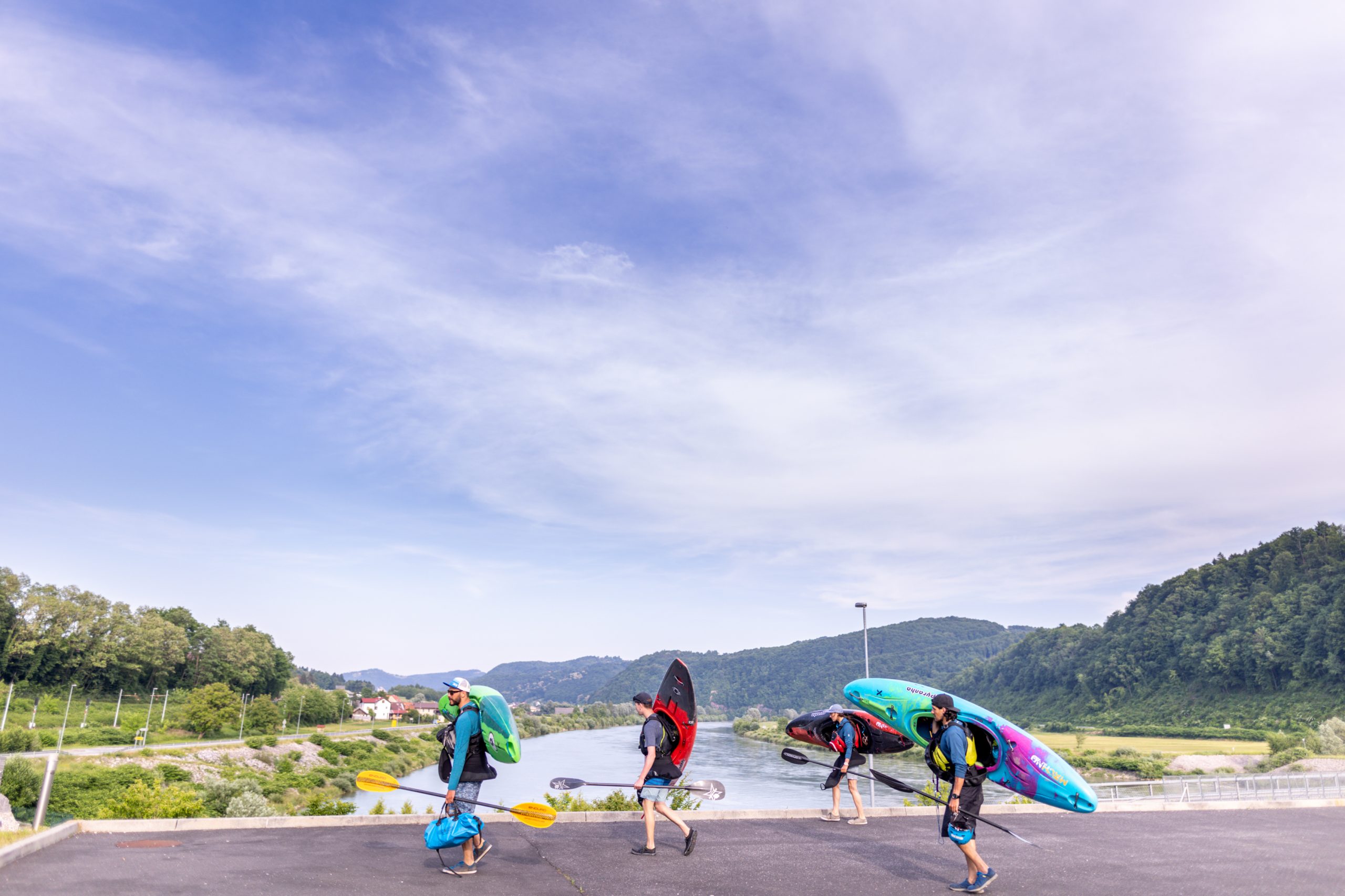
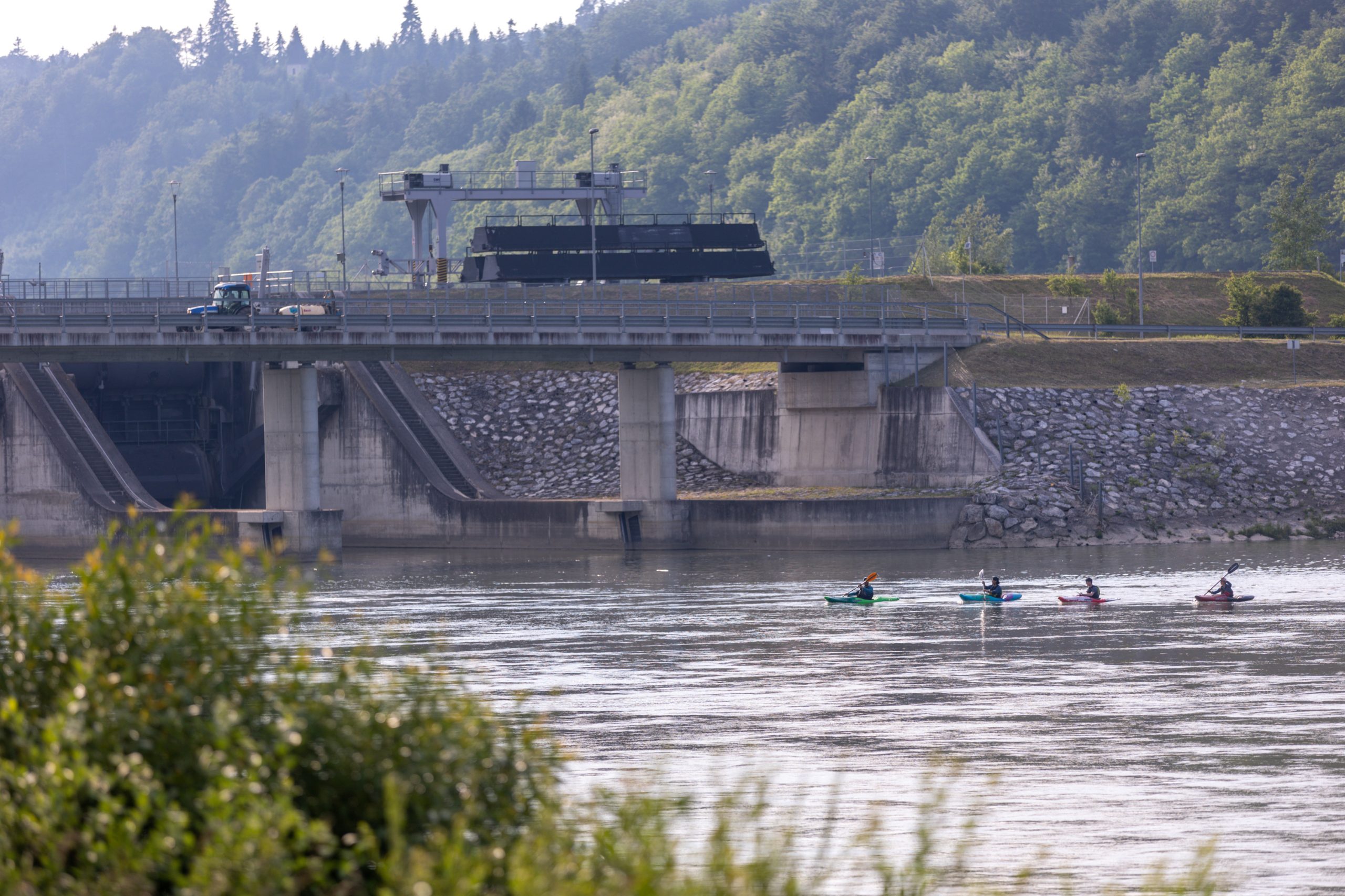
1 ping
Meet the Sava River » Pyranha Blog says:
December 6, 2022 at 2:46 pm (UTC 1 )
[…] onto Slovenia’s Sava River for what would be a very small but eventually a very loud version of Balkan Rivers Tour 5. With a film and photo crew following by van, we spent 11 days paddling over 250 km of the Sava […]